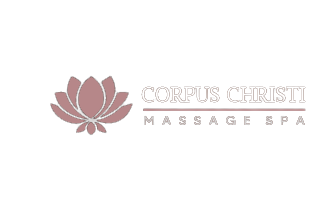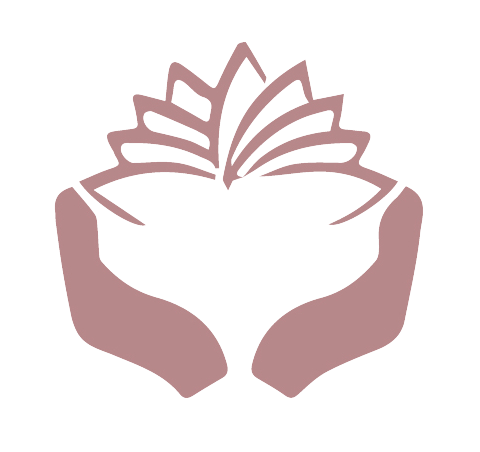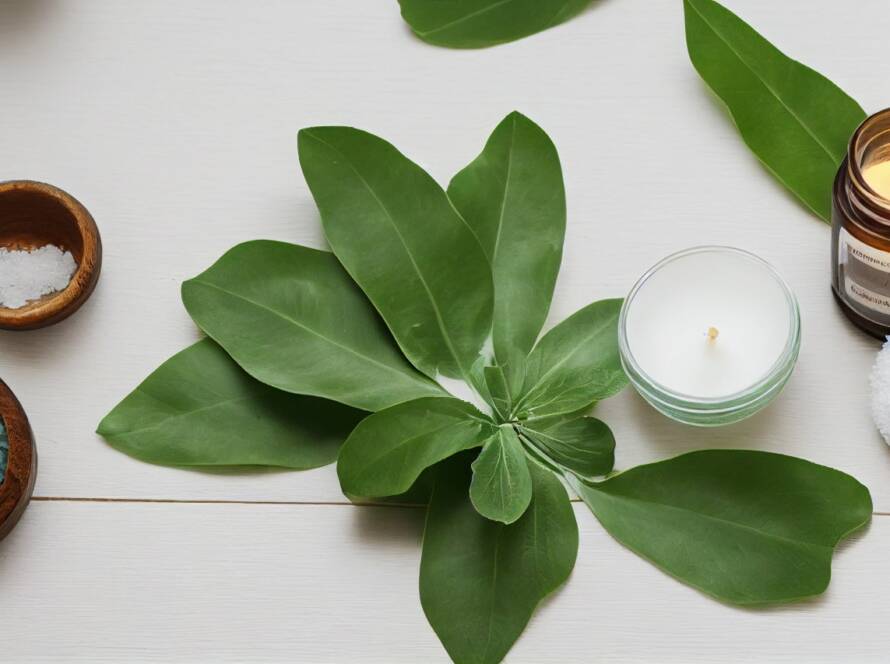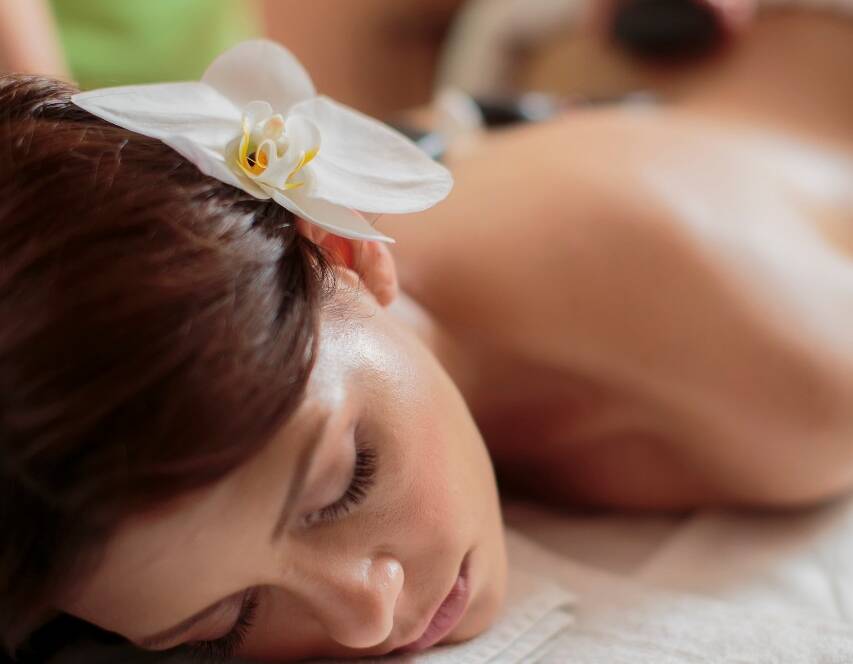After a Massage: 5 Simple Rules to Follow for Optimal Results
Ah, the feeling of emerging from a massage: a state of physical and mental bliss. It may seem like the perfect time to head straight to the nearest café for a snack—but as artful as a massage can be, the work does not end there. To maximize the relaxation and therapeutic benefits, you need to implement some post-massage protocols.
Today we’ll be discussing the five simple rules to follow after a massage to ensure optimal results. Read on to learn how small steps and subtle changes can keep you feeling as delightful as that wonderful massage!
Quick Overview of Key Points
After a therapeutic massage, it is important to drink plenty of water to help flush out toxins. Additionally, use heat or ice therapy if needed and lay off strenuous activities for the rest of the day.
What To Do Immediately After A Massage
Immediately after a massage, while the effects are still fresh, there can be some confusion as to how best to proceed. There is debate regarding when and how to move after a massage. Some claim that you should remain motionless for twenty minutes or more post-massage in order to receive maximum benefit. Others argue that movement immediately following a massage is beneficial, as it promotes greater circulation of blood and other fluids within the body.
The reality likely lies somewhere between these two extremes. The best thing to do after a massage is to listen to your body and slowly stretch, move around, and attend to necessary activities such as showering or changing clothes. Listen carefully for any signals from the body such as yawns, which indicate the need for sleep or relaxation. Employ particular caution when driving or working with tools or heavy machinery after a massage; some people may feel so relaxed that their concentration and coordination suffer.
Regardless of whether you choose to utilize post-massage downtime or get up and move right away, incorporating mindfulness into your post-massage routine will help you retain the positive benefits of the massage while respectfully honoring your muscles in the process. Staying mindful of your body’s reactions will prevent against inadvertent strain due to too much activity too soon after the session. With these simple rules in mind, you can experience an optimal outcome from your massage that leaves you feeling refreshed, rather than exhausted.
In our next section we will dive deeper into understanding how you can respect your muscles post-massage for maximum lasting effect. By mindfully listening to the body during this restorative period of time, you’ll be able to enjoy continued rejuvenation until the next session.
- A study published in 2019 showed that when participants followed a simple post-massage rule which included drinking plenty of water, avoiding heat exposure and alcohol, stretching, and relaxation techniques, they experienced improved muscle relief, decreased tenderness and greater body flexibility.
- According to a 2010 study, post-massage rules such as icing or using compression garments help improve circulation and reduce swelling around the massage area.
- Research from 2014 found that following a post-massage rule which includes drinking plenty of water over the 24 hours after a massage helps flush away toxins released by the massage procedure and ultimately leads to an overall healthier feeling.
How To Respect Your Muscles
Once you have had a massage, it is important to pay close attention and respect your body’s muscles in order to gain the best results. Respect and care for your muscles will ensure that your body remains healthy and your experience with massage therapy provides the desired outcome.
It is important to listen closely to the advice given by your licensed massage therapist and follow up on their tips or strategies for muscle relaxation. If a specific technique was used during your massage specifically for any areas of tension or discomfort, try to also use it at home to strengthen or stabilize weak muscles or ligaments. Gentle exercise at home can also be beneficial as this helps maintain any progress made during the massage session.
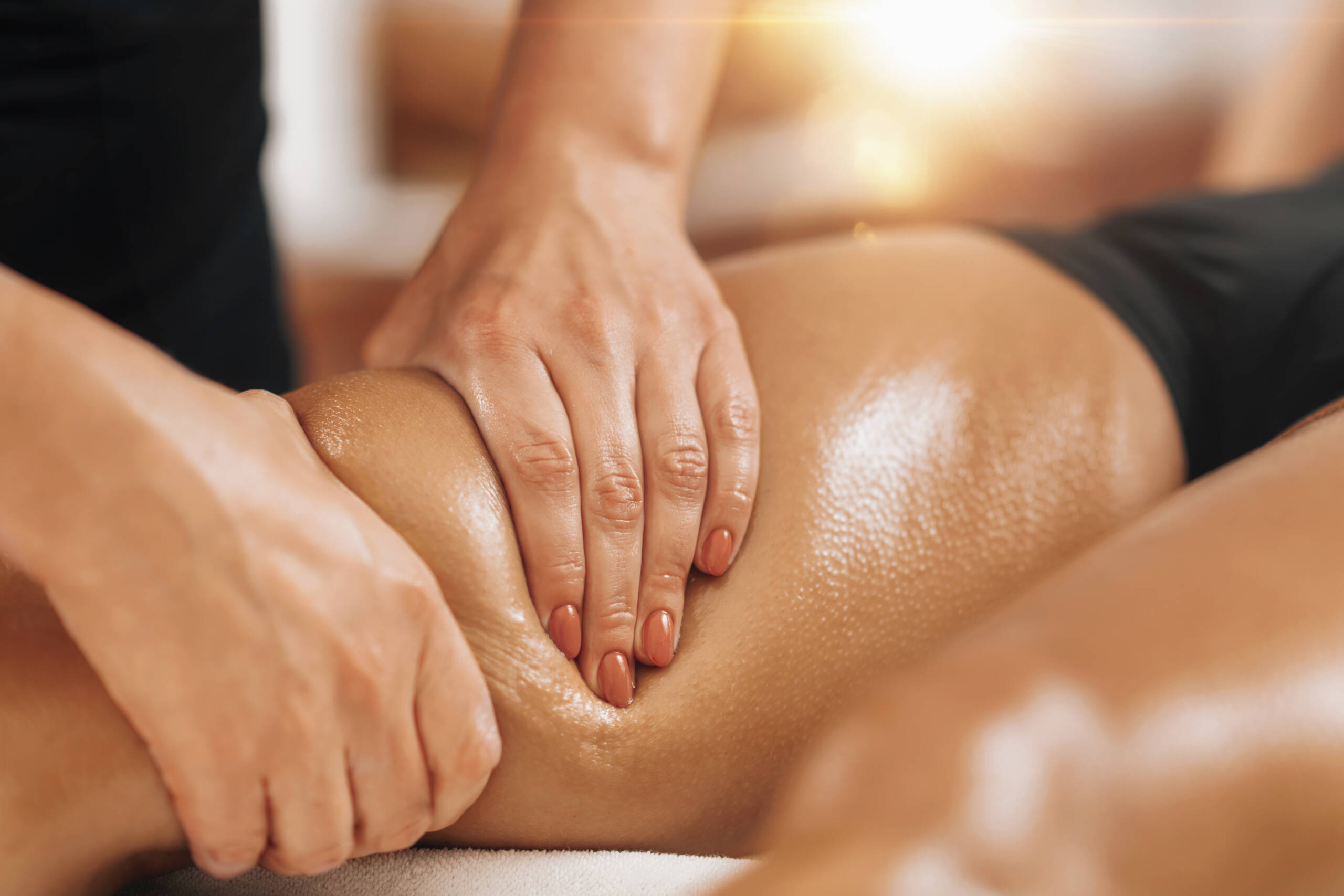
It’s worth noting that some types of activities involving high intensity such as running (especially long distances) should be avoided immediately post-massage as the additional impact and strain on your muscles after the massage may be too much and counter-productive.
To alleviate soreness and stiffness, consider engaging in certain exercises such as stretching, yoga or Pilates which are low impact yet effective methods of managing post-massage effects such as muscle tightness. Swimming may also benefit as this is an activity that doesn’t place much pressure on the joints while providing an excellent workout.
Drinking plenty of water is another great way to help reduce any soreness experienced after a massage session and to keep the body properly hydrated for optimal health benefits. Water helps flush toxins out of the body, along with substances related to inflammation or pain which helps promote relaxation.
In conclusion, it is important to respect your muscles following a massage session in order to get the best results possible and enjoy a positive experience. Respectful activities may include following advice from therapists, gentle exercise at home, avoiding high intensity activities, strengthening muscle focus with Yoga/Pilates, swimming, and drinking plenty of water. All these activities should be done with utmost care for optimal results, leading us into our next section about what things one should ideally avoid after a massage session in order to achieve maximum benefit from their treatment.
What To Avoid After a Massage
Although respecting your muscles is generally beneficial post massage, there are some things that should be avoided in order to experience optimal results. Specifically, anything that would cause them undue strain or fatigue. Tennis, jogging and swimming all require muscle exertion, and these activities should be avoided for up to 48 hours after a massage. Depending on the type of massage taken, activities like these could lead to bruising or soreness.
Immediately after a massage, sitting for too long can cause lactic acid buildup in the muscles, so it is best to take a short walk around the office or building before settling into another task. This will help restore both the body’s natural circulation and range of motion. Other activities that contribute to lactic acid build-up include using heat packs or alcoholic beverages. These warm treatments may feel great in the moment but they do not benefit long-term muscle health and must be avoided post massage.
Finally, it is important to avoid any strenuous activity on the day of a massage as well as taking hot showers immediately afterwards. It is best to wait at least an hour before participating in any physical exercise or taking a hot shower in order to prevent any soreness or injury caused by sudden movements or changes in temperature.
By understanding what activities should be avoided after a massage and its subsequent effects, you can ensure that you maximize your relaxation experience and achieve optimal results from your service. This knowledge will form an important basis for understandings about what not to do after a massage that should considered when looking to keep your muscles healthy and happy.
What Not To Do After A Massage
It is just as important to know what not to do after a massage session as it is to know what to avoid. Avoiding any activities that could result in strain or overexertion is the most important factor in ensuring a successful post-massage experience. Heavy exercise, physical work, and dehydration can put undo stress on muscles that are already vulnerable due to the massage. Any activity such as these can detract from the benefits of the massage and can lead to further muscular tension and pain.
More importantly, drinking alcohol immediately after a massage should be avoided at all costs [Symmetry]. Alcohol can act as an irritant on already inflamed tissues, which could result in lengthy healing time or even more serious injures. It is also important to note that drinking alcohol too soon can significantly reduce the therapeutic effects of both numerous essential oils and CBD oil used during massage treatments.
In addition, be wary of extreme environmental changes or baths/hot tubs after a massage. Excessively hot temperatures can make muscles swell, potentially damaging tissue fibers; similarly cold temperatures can lead to shock or constrict blood vessels. To guarantee long-term results, stick with gradual temperature changes that are favorable for your particular body type.
The best way to ensure optimal results from a massage is take the time for rest after treatment. Tune into your body’s needs and listen carefully for signs of muscle tightness. By avoiding overexertion and giving your muscles the chance to relax and heal on their own, you can rest assured that you’ll benefit from longer-lasting relief and improved movement proficiency over time. Following these simple rules will help guide you towards success when it comes to achieving maximum results from your massage session! Now, having explored what needs to be avoided after a massage we should move onto discussing guidelines for best practices that should be followed instead.
Must-Know Summary Points
It is important to know what not to do after a massage session in order to ensure a successful post-massage experience. Heavy exercise, physical work, and dehydration should be avoided as they can put undo stress on muscles. Additionally, drinking alcohol immediately after a massage should be avoided because it can act as an irritant on already inflamed tissues, potentially leading to lengthy healing time or even more serious injures. Furthermore, extreme temperature changes or baths/hot tubs should also be avoided as they can cause damage to muscles and blood vessels (NIH). To get the most benefit from your massage session, take the time to rest afterwards and listen for signs of muscle tightness. Following these simple rules will help guide you towards success when it comes to achieving maximum results from your massage session!
Guidelines For Best Practices After a Massage
Now that we have delved into what not to do after a massage, the natural next step is the guidelines for best practices after a massage. As with any other health therapy, there are some key steps you should take following a massage that can improve healing and prevent discomfort.
It’s not a coincidence that many professional massage therapists include detailed post-treatment instructions in order to ensure proper recovery. We recommend following these tips whenever possible to ensure maximum results.
First and foremost, it is important to stay warm and hydrated immediately following your treatment. This will keep your muscles flexible and relaxed as they heal. It is also beneficial to get some rest and avoid pushing yourself with vigorous activities until the next day.
Additionally, resist any urges to overdo it with your massage regiment; if you have multiple massages scheduled, try to spread them out by several days or even weeks rather than doing them back-to-back. This allows time for your body to recover between treatments.
Finally, although it may be tempting to skip minor precautions like using ice packs (and instead jump right into hot tubs), always follow up any type of massage treatment with icing as this can help reduce swelling and inflammation.
By taking these few easy steps before and after a massage, you can optimize its effectiveness and reap maximum rewards from your treatments over the long term. Now that you know how to ensure optimal benefits from a massage, let’s move on to the next step – learning how to proactively heal minor discomforts due to improper posture or movements, as well as prevent future aches and pains before they start!
How To Ensure Healing and Prevent Discomfort
Many people receive massage therapy in order to alleviate discomfort or chronic pain, as well as for general relaxation. It is important to follow guidelines for best practices after a massage in order to ensure healing and prevent discomfort. Here are some tips to help you achieve optimal results and healing.
Hydrate: It is essential to be well hydrated before and after the massage. Drinking plenty of fluids helps flush out toxins, prevents soreness, and helps the body recover more quickly from the massage.
Rest: After receiving a massage, it is important to allow time for your body to rest and recover. Follow up with a restful evening or a nap if possible, so your body can heal itself properly. Additionally, avoiding intensive workouts or other strenuous activities until 24-48 hours after the massage will help keep your body from becoming overtaxed.
Heat or Cold Therapy: Applying either heat or cold therapy can help reduce muscle tension or inflammation that may arise after a massage. Compressing with a hot water bottle or heating pad under clothing for 15-20 minutes at a time can provide relief from any lingering post-massage soreness. Cold therapy (cold gel packs) can be applied several times a day for 15 minutes each session to allow the muscles to relax or reduce any swelling that may have occurred from pressure during the massage. Make sure to consult your healthcare provider before using either heat or cold therapies since these treatments can cause further injury when used improperly.
Gentle Massage: If any areas feel tender or sore after a massage, gently massaging the area afterwards will help relieve tension and inflammation by improving blood circulation. Use gentle, circular strokes over the affected area for 10-15 seconds at a time throughout the day.
Stretch: After receiving a massage, stretching will promote relaxation of muscles, increase flexibility, and help prevent further injury due to tightness of muscles. Make sure that you are using proper form when stretching – avoid bouncing movements and do not stretch beyond what is comfortable for your body. Stretching only until mild tension is felt in order to maximize effectiveness while avoiding overexertion.
There are different opinions regarding which method of post-massage care will provide optimal results and healing; however, following these simple guidelines should help minimize discomfort and prevent any injuries that could arise due to improper care. Consult with your healthcare provider if you experience any ongoing issues after receiving a massage in order to receive professional advice on how best to proceed with any treatment plans going forward.
Common Questions and Answers
Are there any tips for remembering to follow this rule?
Yes, there are some tips for remembering to follow the 5 simple rules for optimal massage results. One of the most effective ways is to create a routine and stick to it. This will help you habituate and stay conscious of the rules you need to follow both during and after your massage. Additionally, setting reminders in your calendar can be a helpful tool as well. Writing down the rules and keeping them visible can also be beneficial. Lastly, talking to your massage therapist and getting their advice on how to best remember and practice the 5 simple rules can prove very helpful.
Are there any potential risks to not following this rule?
Yes, there can definitely be risks to not following the rules for optimal massage results. Neglecting to follow the instructions could lead to dehydration, low energy levels, and muscle fatigue due to not properly replenishing electrolytes and fluids. The body needs proper hydration and nutrients before and after a massage to maximize the therapeutic benefits and reduce soreness afterward. Additionally, not properly taking care of muscles or stretching them too vigorously could leave you vulnerable to injury that could cause more damage than good. Taking the time to absorb the massage techniques and follow recommended guidelines is essential for protecting your body from damage that can occur if you do not understand how massage works.
What are the potential benefits of following this rule?
Following the suggested rules for optimal results after a massage can provide many potential benefits.
First, following these rules will help ensure that the body continues to experience the massage benefits by maintaining proper hydration, avoiding caffeine and alcohol, eating light meals, and wearing comfortable clothing. Doing these things will help to ensure that the body remains relaxed, muscles are more responsive to receiving treatment and benefiting from it, and toxins are flushed out.
Second, adhering to the rules can allow clients to fully receive their appointment’s intended benefits. Making sure you rest can improve the effectiveness of a massage both during an appointment as well as afterwards. Therefore, taking time to rest after a massage can make you feel more relaxed and less stressed.
Finally, following these simple rules may lead to long-term mental or emotional improvements from massage therapy by triggering the release of endorphins which are known for their calming effects on the body. This will further help your body adapt to stressful situations and lessen physical pain.
Overall, sustaining any changes made in a massage session over time is essential for maximizing its fullest potentials benefits. By following the five simple rules of proper hydration, caffeine and alcohol avoidance, light meals consumption, wearing comfortable clothing, and resting post-massage – clients can reap mental, emotional and physical wellness with each appointment over the long term.
Lana Nunez
I am a Licensed Massage Therapist for Corpus Christi Massage Spa, CPR-certified CNA and Certified Medical Coder & Biller. I am compassionate, and always seeking the opportinity to provide outstanding patient care.
